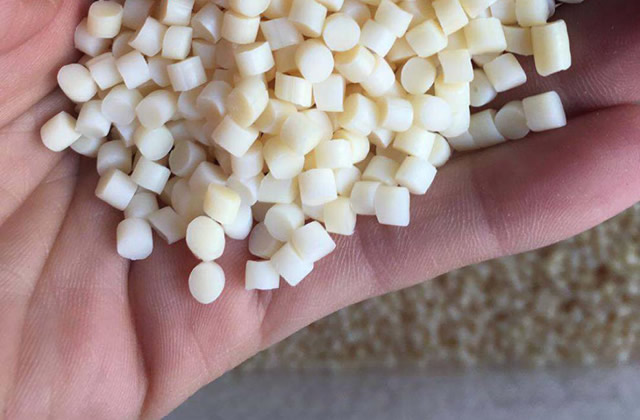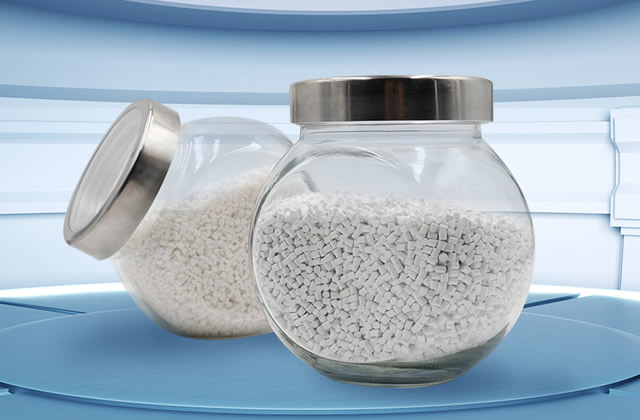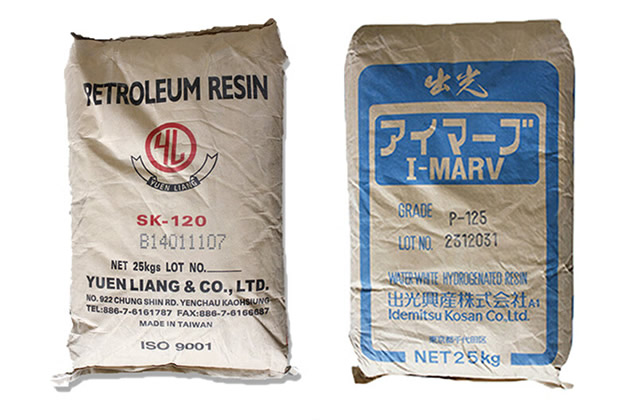1. What are the main components of dispersants
Dispersants are a type of chemical substances used to stably disperse solid particles or colloids in liquids to prevent them from Precipitation and agglomeration. The following are the main ingredients of some common dispersants:
1. Surfactant
Surfactant is one of the most common dispersant ingredients. It can reduce the surface tension of liquid and make solid particles evenly dispersed in it. Common surfactants include anionic surfactants (such as sodium dodecylbenzene sulfonate), cationic surfactants (such as cetyltrimethylammonium bromide) and nonionic surfactants (such as polyvinyl alcohol )wait.
2. Polymers
Polymers can form a stable dispersion system by adsorbing and wrapping solid particles. Commonly used polymer dispersants include sodium polyacrylate (PAA) and polymer ketones. They can have electrostatic interaction or physical adsorption with the surface of solid particles to prevent the particles from binding to each other.
3. Corrosion inhibitors
Some corrosion inhibitors can also be used as dispersants. They can form an adsorption layer in the liquid, wrap the particle surface, reduce the interaction between particles, and improve dispersion. Common corrosion inhibitors and dispersants include organophosphates and sulfates.
4. Polymer colloids
Polymer colloids themselves have good dispersion properties and can stabilize the dispersion system. For example, polymer colloids such as colloidal silica and polyvinyl alcohol are widely used as dispersants.

2. The role of dispersants in coatings
1. Increasing the content of pigments and fillers
Adding dispersants can Dispersing higher pigment and filler content makes the particles break more quickly, while preventing the viscosity from increasing during the grinding process, shortening the dispersion time and reducing energy consumption.
2. Improve the gloss of the paint
The smaller the particle size contained in the paint, the higher the gloss. Polymer dispersants can avoid the formation of large particles due to flocculation and improve coating films.
3. Improve coating hiding power
For white paint, the addition of dispersant can reduce the agglomeration of pigments and fillers such as titanium dioxide and reduce the particle size to increase the surface area. , can further improve the covering power.
4. Improve the tinting strength of paint
For colored paints, the addition of dispersants can reduce the average particle size of the pigment to improve the tinting strength. The dispersant increases the collision stability of finer particles and prevents flocculation, thereby giving full play to their inherent coloring strength.
5. Prevent floating and blooming
Blue and black paint are prone to floating and blooming because of the density, particle size, and The movement speed is very different from that of titanium dioxide. One pigment sinks and the other floats due to gravity, resulting in floating colors. If both particles are well moistened, the random movement of the particles will make the paint uniform, and the floating and blooming phenomenon of the paint will be improved.
6. Improve paint leveling
Leveling is the ability of paint to spread on a specific surface, which is largely affected by pigments and fillers. Influence. After pigments and fillers are introduced into the system, the system becomes unstable and is very prone to thixotropy and pseudoplasticity, which affects the leveling performance of the paint. When the dispersant is added, the pigment particles are more stable under the action of the dispersant and the leveling properties are improved.
7. Prevent flocculation
There are many reasons for the flocculation of pigment and filler particles. Generally, pigments with large specific surface areas and small particle sizes are more likely to flocculate. On the one hand, the dispersant makes the charges on the surfaces of the two pigment particles different, making the particles repel each other; on the other hand, it connects a certain amount of pigment particles through the saturated adsorption layer adsorbed on the surface of the pigment particles to control flocculation.
8. Prevent settlement
The principle of dispersant to prevent settlement is the same as above. It uses charge action and steric hindrance to prevent pigment and filler particles from settling. Flocculation, controlling the particle size within a certain range, can prevent pigments and fillers from settling and is beneficial to the preservation of paint.
If the website content violates your rights, please contact us to delete it。








